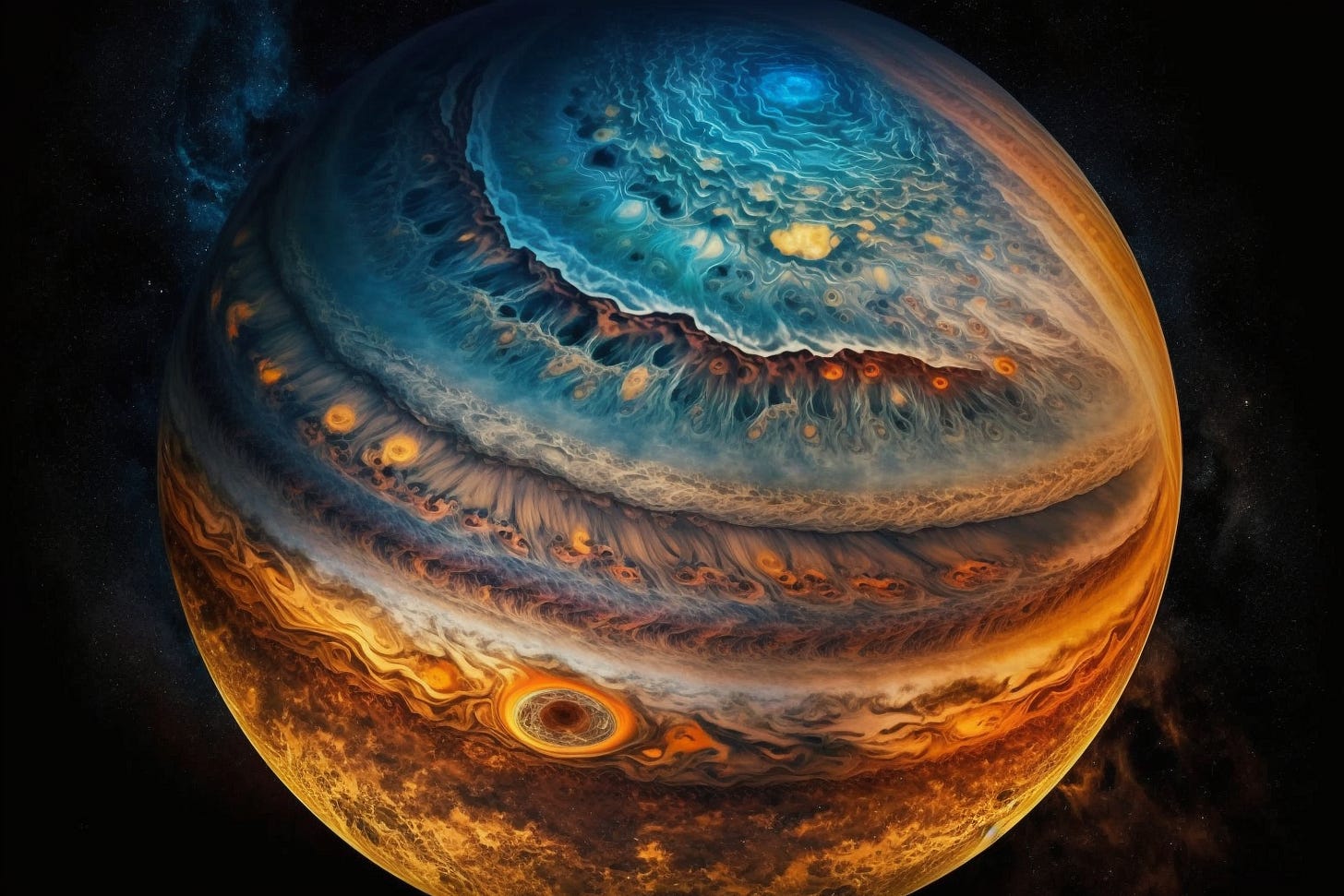What do we know about Jupiter
Jupiter: Exploring the Largest Planet in our Solar System and its Fascinating Mysteries
Jupiter is the fifth planet from the Sun and the largest in our solar system. It's a gas giant with more than 70 moons orbiting around it. We've known about Jupiter for centuries, but there's still much to learn about this fascinating world.
Astronomers have been studying Jupiter since ancient times because of its bright appearance in Earth’s night sky. The first detailed observations were made by Galileo Galilei in 1610 when he used a small telescope to study Jupiter’s four large moons: Io, Europa, Ganymede and Callisto (now collectively known as the Galilean satellites).
In 1978, NASA launched two spacecraft – Pioneer 10 and 11 – on flyby missions past Jupiter that returned groundbreaking data and images of the planet and its magnetosphere.
The most comprehensive mission to date was Juno, which arrived at Jupiter in 2016 after a five-year journey through space. Juno is equipped with eight science instruments designed to probe beneath Jupiter’s clouds and reveal previously hidden details about our solar system’s largest planetary inhabitant.
There are many ways in which Jupiter is different from other planets. Firstly, it is much larger than any other planet; secondly, it consists mainly of gas rather than solid matter; thirdly, it has an extremely strong magnetic field; fourthly, it has many moons (including four large ones); and finally, it orbits very close to Saturn.
Rotation: Jupiter has the shortest day of any planet in our solar system. It completes one full rotation every 10 hours. (Earth takes 24 hours.) This rapid spin gives Jupiter its oblate shape—it's slightly flattened at the poles, bulging at its equator.
Atmosphere: The atmosphere on Jupiter consists mostly of hydrogen and helium. Trace amounts of methane, ammonia, water vapor, phosphine, ethane are also present along with other hydrocarbons like acetylene.
There may be as many as 25 different organic compounds in trace amounts making up 1% or less of Jupiter's cloud layer material.
All these chemicals together make for some spectacular colors.
Composition: Like Saturn, Uranus, and Neptune, Jupiter is made mostly of hydrogen (70%) and helium (28%).The remaining 2% is made up of oxygen, carbon, sulfur, and iron.
Magnetosphere: Jupiter has by far the strongest magnetosphere of any planet in our solar system – about 20 times stronger than Earth’s magnetosphere.
Is there life on Jupiter
Most of Jupiter is made up of hydrogen and helium, which are elements that don't support life as we know it. However, there may be some rocky material in the core of Jupiter that does support life. Studies have shown that this rocky material contains water, carbon dioxide, methane, and ammonia - all ingredients necessary for life.
There is no direct evidence to suggest that there is indeed life on Jupiter, but given its composition and potential habitability, it's certainly a possibility. If there is life on Jupiter (and elsewhere in our solar system), it would likely be microbial in nature given the extreme conditions present on the planet. But until we have concrete evidence one way or another—which may come from future missions to explore Jupiter first hand—we can only speculate about what might be lurking beneath those swirling clouds.
This article is part of the Know-It-All project. Do you have a suggestion about another topic you’d like us to cover? Get in touch at know-it-all@555vCTO.com




